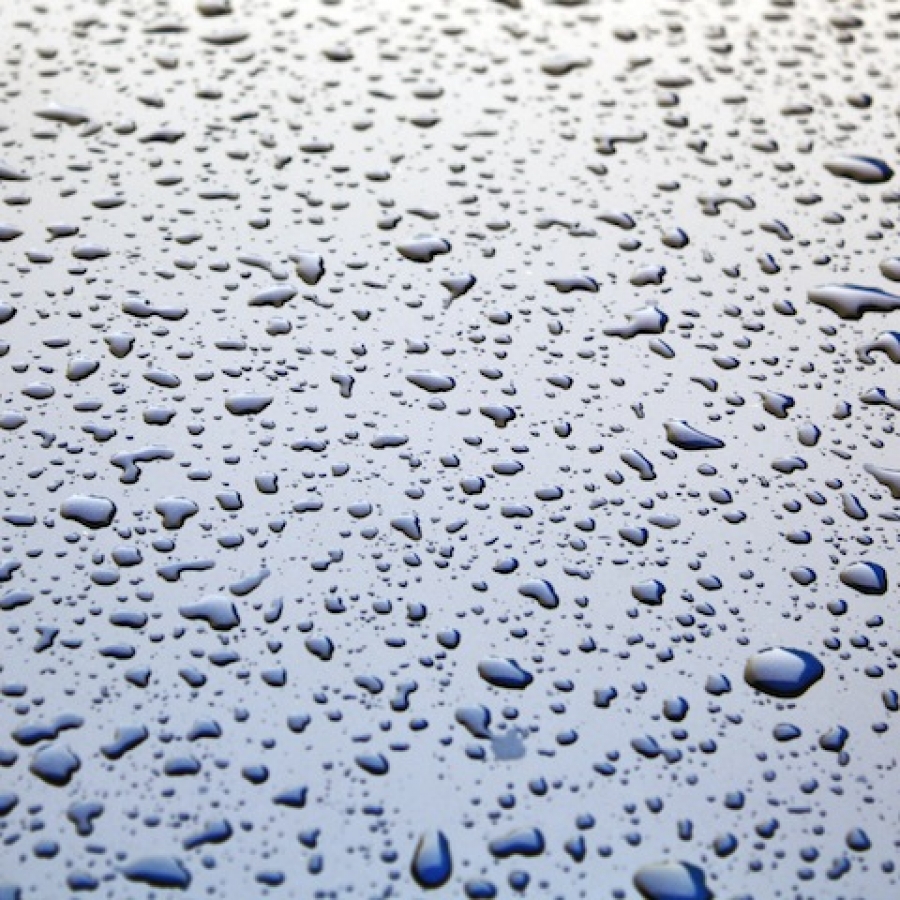Moisture Control in Walls
It is a myth that installing vapor barriers is the most important step for controlling moisture in walls. Vapor barriers only retard moisture due to diffusion, while most moisture enters walls either through fluid capillary action or as water vapor through air leaks.

Topic Summary
All climates require these moisture control steps:
-
Install a polyethylene ground cover on the earth floor of houses with crawl spaces and slope the ground away from the foundations of all houses.

- Install a continuous vapor barrier, if your climate needs one (see map on this page) that has a perm rating of less than one.
- Place a termite shield, sill gaskets, or other vapor-impermeable membrane on the top of the foundation wall. This action will prevent moisture from wicking into the framed wall from the concrete foundation wall by capillary action.
Preventing Rain Penetration
Causes of rain leaks through exterior walls include improper installation of the following:
- Siding materials
- Poor-quality flashing
- Weatherstripping or caulking around joints in the building exterior (such as windows, doors, and bottom plates).
Wind-driven rain can also penetrate the exterior finish.
To enhance protection against rain penetration, create a drainage plane within the wall system of the home.
Article source: The U.S. Department of Energy’s Office of Energy Efficiency and Renewable Energy (EERE). For the most up-to-date information please visit the EERE website.



